Hair removal may be harmful to the body, frequent hair removal may damage hair follicles leading to hair loss or folliculitis, and occasional hair removal usually has no serious effects. The impact of hair removal is mainly related to frequency, intensity, and individual hair follicle health status. If excessive force is applied or the same area is repeatedly pulled during hair removal, it may cause mechanical damage to the hair follicles, leading to temporary local hair loss. The nerve endings around hair follicles are abundant, and violent hair extraction may cause pain or even minor bleeding. Long term repeated hair removal can interfere with the normal growth cycle of hair follicles, prolong the time for hair to enter the resting period, and in severe cases, may form traumatic bald spots. Some people may experience redness and swelling around their hair follicles after hair removal, which is similar to the symptoms of folliculitis caused by bacterial infection. It is necessary to keep the skin clean to avoid secondary infections.
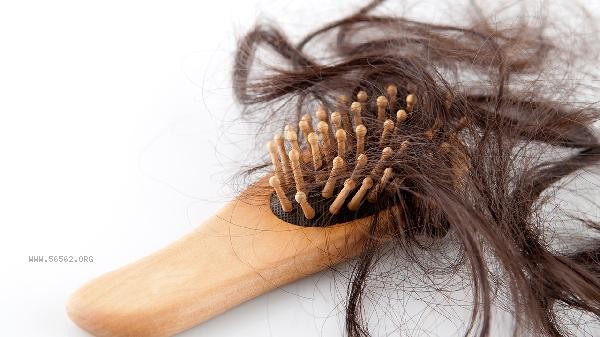
Under certain special circumstances, hair removal may reflect potential health issues. Hair pulling disorder belongs to a psychological and behavioral disorder, in which patients can uncontrollably remove their own hair, often accompanied by anxiety. This situation requires psychological intervention and behavioral treatment. Abnormal thyroid function or malnutrition can lead to fragile and easily broken hair, which may also increase the probability of unintentional hair removal. In this case, treatment should be targeted at the underlying disease. If the disinfection is not thorough when using tools such as tweezers to remove hair, pathogens may be carried into the deep layers of hair follicles, increasing the risk of infection.
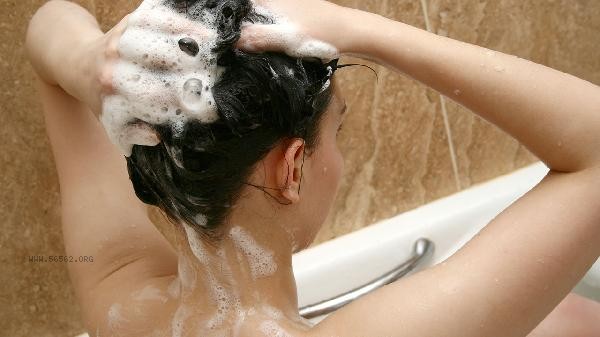
It is recommended to avoid habitual hair pulling. If abnormal hair loss or scalp inflammation occurs, seek medical examination in a timely manner. Daily massage of the scalp with fingertips can promote blood circulation. Choosing a wide toothed comb can reduce pulling and ensure the intake of nutrients such as protein, iron, and zinc, which helps maintain hair health. When washing hair, the water temperature should not be too high to avoid scratching the scalp forcefully. If unexplained hair loss patches appear, fungal infection or autoimmune diseases should be ruled out.


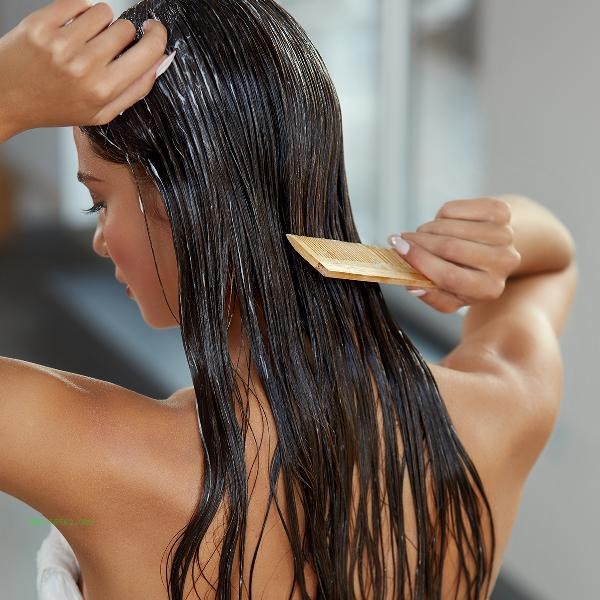
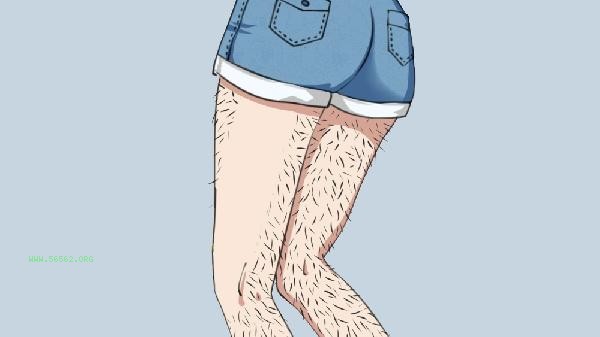

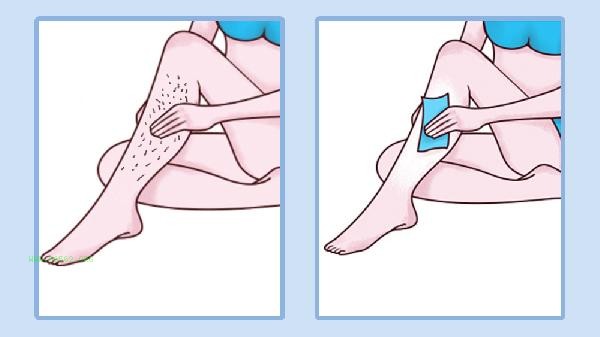



Comments (0)
Leave a Comment
No comments yet
Be the first to share your thoughts!